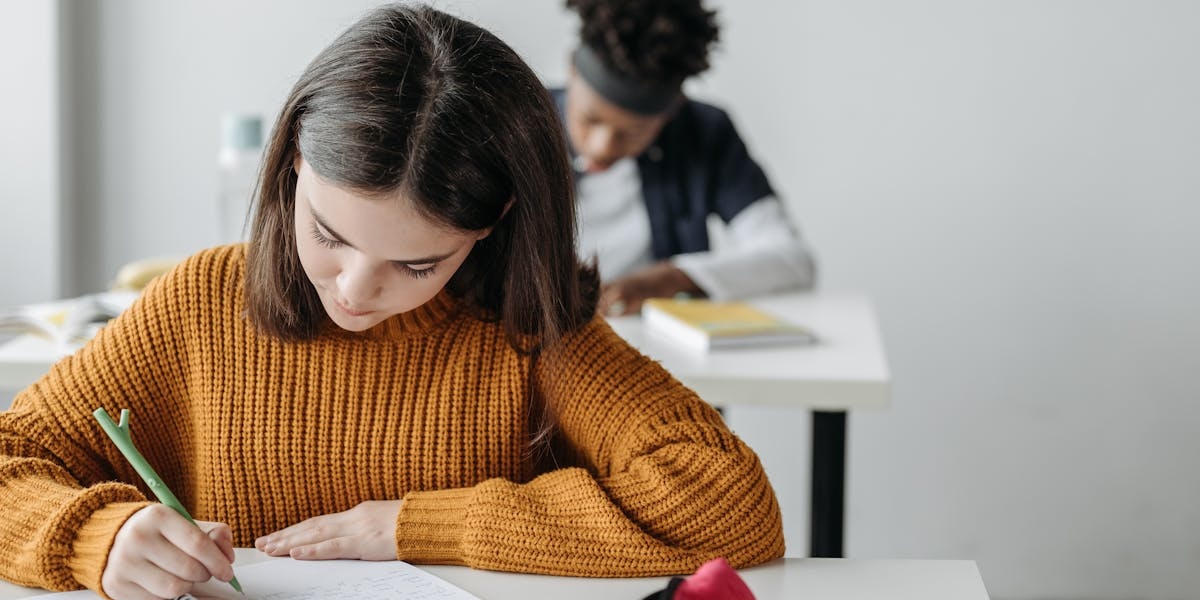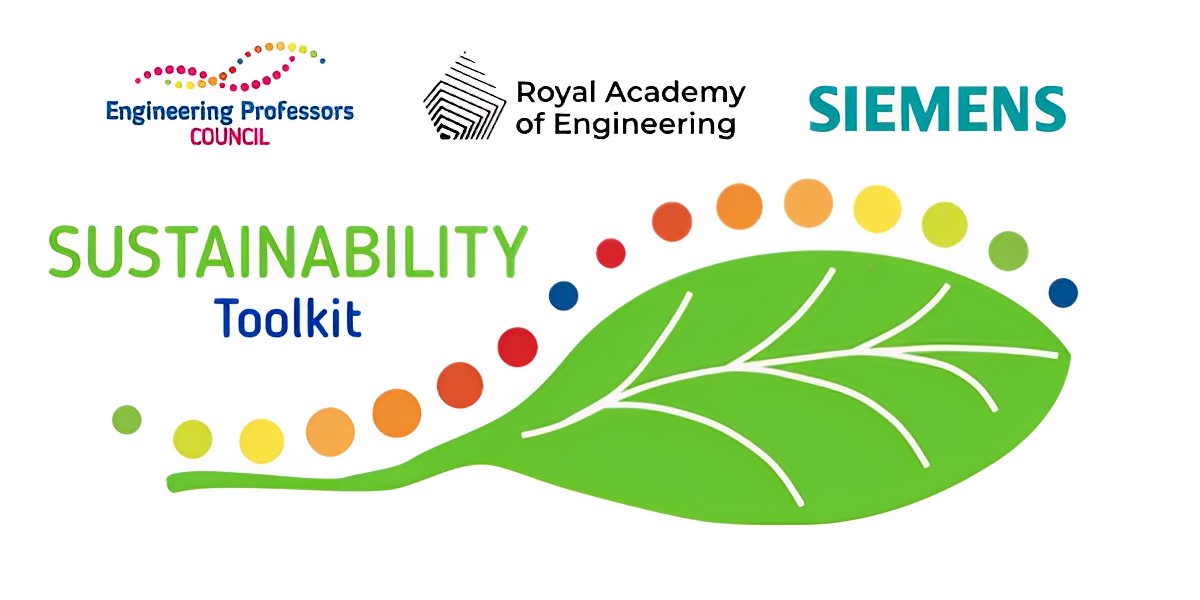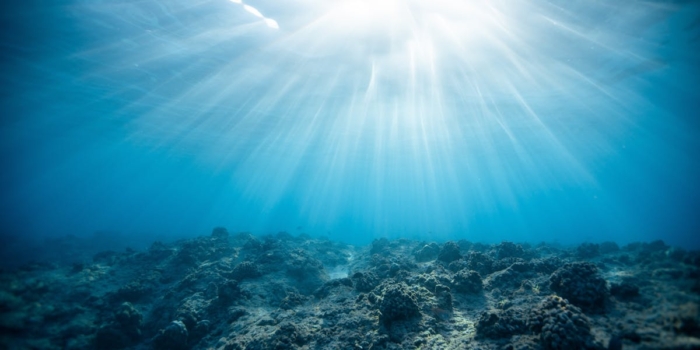Author: Dr. Sarah Jayne Hitt Ph.D. SFHEA (NMITE, Edinburgh Napier University).
Topic: Building sustainability awareness.
Tool type: Teaching.
Relevant disciplines: Any.
Keywords: Everyday ethics; Communication; Teaching or embedding sustainability; Knowledge exchange; SDGs; Risk analysis; Interdisciplinary; Social responsibility; AHEP; Sustainability; Higher education.
AHEP mapping: This resource addresses two of the themes from the UK’s Accreditation of Higher Education Programmes fourth edition (AHEP4): The Engineer and Society (acknowledging that engineering activity can have a significant societal impact) and Engineering Practice (the practical application of engineering concepts, tools and professional skills). To map this resource to AHEP outcomes specific to a programme under these themes, access AHEP 4 here and navigate to pages 30-31 and 35-37.
Related SDGs: Many SDGs could relate to this activity, depending on what students focus on. Teachers could choose to introduce the SDGs and dimensions of sustainability prior to the students doing the activity or the students could complete part one without this introduction, and follow on to further parts after an introduction to these topics.
Educational level: Beginner / Intermediate.
Learning and teaching notes:
This learning activity is designed to build students’ awareness of different dimensions of sustainability through reflection on their everyday activities. This activity is presented in two parts. If desired, a teacher can use Part one in isolation, but Part two develops and complicates the concepts presented in Part one to provide for additional learning. Educators could incorporate shorter or longer versions of the activity as fits their needs and contexts. This activity could be presented without a focus on a specific area of engineering, or, students could be asked to do this around a particular discipline. Another powerful option would be to do the activity once at the beginning of term and then again at the end of term, asking students to reflect on how their perceptions have changed after learning more about sustainability.
This activity could be delivered as an in-class small group discussion, as an individual writing assignment, or a combination of both. Students could even make a short video or poster that captures their insights.
Learners have the opportunity to:
- Develop awareness around personal connections to sustainability issues;
- Engage in reflection;
- Undertake informal research;
- Practice communication in multiple modes.
Teachers have the opportunity to:
- Introduce topics of sustainable development the UNSDGs, and dimensions of sustainability;
- Evaluate critical thinking and/or written and/or verbal communication skills;
- Introduce or contextualise issues around materials, manufacturing, supply chain, energy/water consumption, and end-of-life.
Supporting resources:
- RAEng Statement of Ethical Principles
- EWB Global Responsibility Competency Compass
- Anatomy of an AI activity
- Principles of Circularity
- Dimensions of Sustainability
- Doughnut Economics
- Supply Chain mapping
Part one:
Choose 3 activities that you do every day. These could be things like: brushing your teeth, commuting, cooking a meal, messaging your friends and family, etc. For each activity, consider the following as they connect to this activity:
- Materials and energy required to do the activity;
- Manufacturing and transportation required to enable you to do it;
- Water consumed and waste generated for all of the above.
To help you consider these elements, list the “stuff” that is involved in doing each activity—for example, in the case of brushing your teeth, this would include the toothbrush, the toothpaste, the container(s) the toothpaste comes in, the sink, the tap, and the water.
- What are the “ingredients” or materials that make up this stuff?
- Where is this stuff made? If you don’t know, can you find out? If you can’t find out, why?
- How did this stuff get to you? Can you uncover the “chain of custody” from where it was made to how it arrived in your possession? If not, what links in the chain are missing and what might that mean?
- Where does it go when you are done with it, and whose responsibility is it? How circular is the waste disposal system related to this stuff?
- Who besides you is involved in this process of supply, use, and disposal? This could include companies, government entities, and/or community and financial organisations.
- Which engineering disciplines inform the creation, distribution, use, and disposal of this stuff?
Part two:
Teachers may want to preface this part of the activity through an introduction to the SDGs, or, they may want to allow students to investigate the SDGs as they are related to these everyday activities. Students could engage in the following:
- Research and report on which SDG(s) are connected to this daily activity.
- Evaluate the sustainability of the activity. This could be done through considering different dimensions of sustainability, through the lens of doughnut economics, or through the Global Responsibility Competency Compass.
- Compare and contrast how this daily activity is conducted in different countries—how do differences in policies and infrastructure affect how it is done, and how sustainable it is?
- Map the supply chain involved in the activity.
- Suggest improvements to systems that would enable a more sustainable approach to this activity, from the perspective of design, manufacture, use, and disposal.
- Debate the challenges, risks, and benefits to enacting these improvements.
- Create a solution to an aspect of the activity that is not as sustainable as it could be.
- Develop a campaign to influence a stakeholder to change a process in such a way that would make the activity more sustainable.
Acknowledgements: This activity is based on an Ethical Autobiography activity developed by Professor Sandy Woodson and other instructors of the “Nature and Human Values” module at the Colorado School of Mines.
This work is licensed under a Creative Commons Attribution-ShareAlike 4.0 International License.
Any views, thoughts, and opinions expressed herein are solely that of the author(s) and do not necessarily reflect the views, opinions, policies, or position of the Engineering Professors’ Council or the Toolkit sponsors and supporters.
To view a plain text version of this resource, click here to download the PDF.





